For more details about an impact, contact information for NMSU ACES faculty and staff is available at the online directory.
For general questions regarding impacts in this database, please contact Claire Montoya at ccortner@nmsu.edu.
Department of Plant and Environmental Science
The primary researcher of this study/impact is housed within the College of ACES, Department of Plant and Environmental Science.
Displaying 9 impacts with tag Department of Plant and Environmental Science.
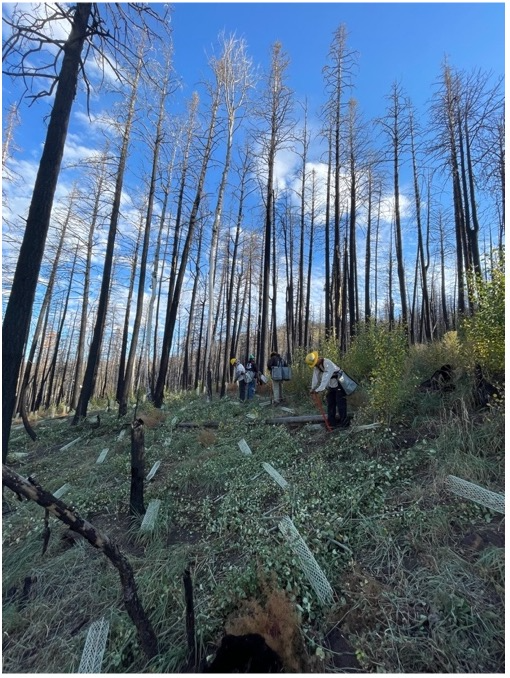
The JTH Forestry Research Center, in collaboration with the University of New Mexico, is researching nucleation planting to improve forest resilience in the southwestern U.S. This innovative approach mimics natural regeneration by planting small tree clusters, aiming to reduce fire risk and enhance drought resistance. Key research focuses include using seedling survival models to guide planting locations, testing a range of planting densities, and evaluating the impact of competing vegetation. In 2024, over 5,000 seedlings were planted in the Hermit’s Peak/Calf Canyon wildfire-impacted area, with active contributions from tribal communities. This long-term study seeks to optimize reforestation practices, leveraging model-based site selection and fostering collaboration to promote sustainable and climate-resilient ecosystems.
More...
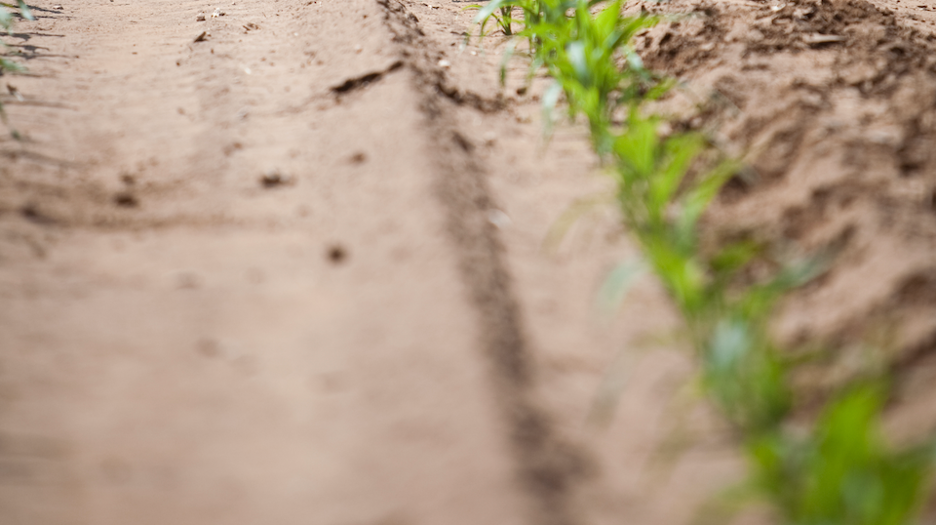
Healthy soils provide the foundation for sustainable agriculture. Research at multiple locations in eastern New Mexico and Colorado to study soil health responses and associated ecosystem functions revealed multiple benefits of cover cropping and compost addition in dryland and limited-irrigation cropping systems.
More...
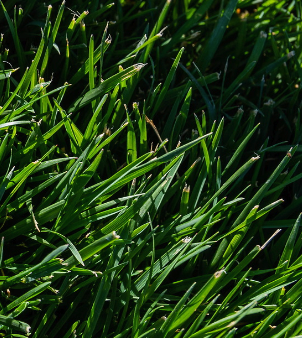
Effective water management is a critical challenge faced by turfgrass managers in arid regions worldwide and periodically in temperate zones. Governments have responded to reduced water supplies by implementing policies that restrict potable water use for non-essential purposes. Despite ongoing efforts to reduce water consumption and showcase water conservation in turfgrass management, additional water restrictions will persist, limiting turfgrass water use.
More...
(No image)
According to the USDA, food insecurity is defined as a lack of consistent access to enough food for an active, healthy life. In New Mexico, one-third of the state’s population experienced food insecurity in 2020 during the COVID-19 pandemic. This number is three times higher than the national average of 10.5%. In the state, the lack of access to food is partially due to the high incidence of food deserts, which are areas where a substantial number of residents do not have easy access to a supermarket or large grocery store, and approximately 30% of New Mexico counties are considered food deserts.
More...
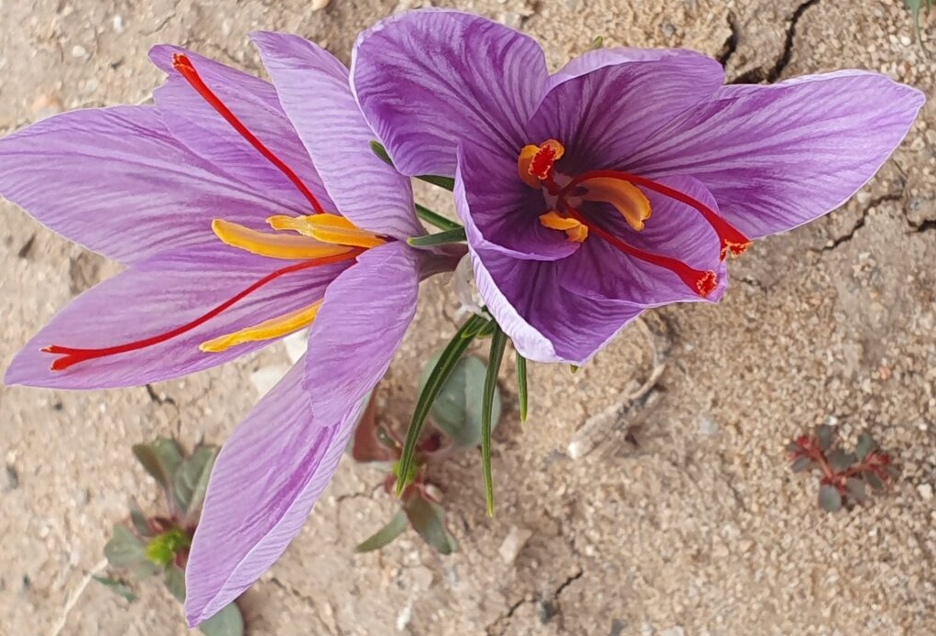
U.S. farmers are looking for new crops that will help diversify their farms and increase their profits. Most irrigated agricultural land in northern New Mexico is cultivated by small-scale farmers and ranchers with fewer than 20 acres. Also, northern New Mexico faced water deficit conditions especially in recent years due to climate changes. Now traditional crops are no longer economical for the farmers, thus high value, low-input plants gain their importance.
More...
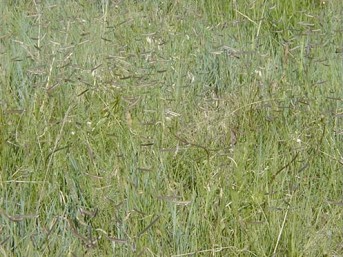
The demand for beef is increasing due to an increasing population and forage-based beef production is one of the most productive agricultural enterprises in the US, including the Southern High Plains of the USA (SHP), where standing forage is the main diet of beef cattle.
More...
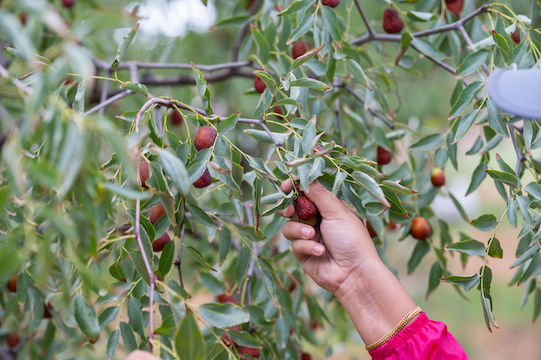
Late frosts challenge fruit production each year in central and northern New Mexico. An NMSU researcher is evaluating alternative fruit crops that can produce a reliable crop annually. Jujube (Ziziphus jujuba Mill.), also called Chinese date, originated in China and has been cultivated for over 4000 years. There are scattered trees from Espanola to Albuquerque to Las Cruces in New Mexico and they all grow and produce well. But there are only 5-6 cultivars commercially available with ‘Li’ being the dominant one. Growers and consumers all demand more diversity in jujube cultivars for different purposes.
More...

Onion stakeholders in the U.S. have identified Fusarium basal rot (FBR) as a serious disease threat to onion yield and economic sustainability. The onion industry in the US is valued at farm gate annually at $900-1,000 million. Currently, the disease reduces onion yields at harvest and during storage. Chemical and cultural control methods are ineffective as a long-term solution to controlling this disease. Host plant resistance holds the potential to control this disease and eliminate its detrimental effects on onion production. Currently, onion cultivars are limited in their resistance to this disease.
More...
(No image)
The decrease in annual and crop growing season precipitation and the increase in temperatures might be translated into the increase in crop evapotranspiration demand versus reducing available water resources. Long-term average annual precipitation in the Four Corners regions is about 8” while crop water use is about 32” corn and 44” for alfalfa, 26” for potato. Small crop producers in the region are 100% relying on the streamflow of the San Juan, Animas, and LaPlata rivers and the commercial growers such as the Navajo Agricultural Products Industry and contractors use water diversion from the Navajo Lake with other functions. Limited available water resources under a decreasing trend of precipitation under changing climate, there is a call for more efficient and precise use of water in irrigated agriculture in the Four corners region.
More...